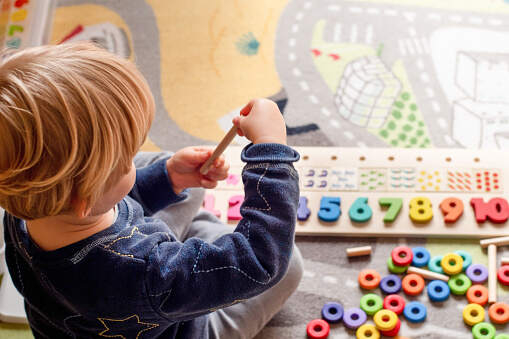What are the skills needed to design children's educational toy packaging?
June 12,2023
What skills are necessary for designing children’s educational toy packaging? Given China’s status as the world’s largest toy producer and consumer, many overseas toy brands have adopted OEM production in China. Therefore, it is crucial to optimise the articulation of packaging design and showcase the character of the product.
Currently, domestic toy packaging boxes feature a strong sense of convergence but may lack ample information regarding the exclusive functionality of educational toys. Thus, the single expression of packaging design language may lead to inadequate knowledge of the product’s characteristics, negatively affecting consumers’ purchasing intentions. To design commodity packaging for children’s educational toys requires the following skills:
- Guide the expression of the toy’s functionality. Guidance is a visual or behavioural instrument used to enable users to reach their destination more quickly. Through fresh design strategies, packaging design should efficiently converse with consumers and be tailored and suitable. Customers typically choose the most suitable product from abundant toy categories; this process implicates designers in making guiding articulations in packaging design, most notably the packaging’s shape. Through this guidance, the functional expression of the product can be elucidated. To exemplify the physical development of educational toys, customers come across their own or others’ body images in everyday life. Reproducing precise images provides more visceral familiarity for consumers. Nevertheless, manifestation is not about the replication of shape and colour; it is about waking customers’ memories and thus prompting wider resonance.
- Use a perceptual approach to express the functionality of toys. Perceptual direction refers to the digestion of signals felt by the visual, tactile, and auditory senses. Minds process a variety of sensory information, consequently compiling it into meaningful perceptual images and ideas. Since visual perception matters most in packaging design, colour schemes should be simpler or single for educational toys with a simple operation while embracing richer colour schemes for more advanced toys. For instance, very bright colour schemes can bring warmth and pleasure, whereas cold colour schemes can manifest calm and sadness.
- Elucidate the toy’s functionality through a way of thinking. The way of thinking originates from the interpretation of the goods’ intentions by the customers. Association is the main process of comprehension, symbolising the understanding of seen goods. Young children are endowed with an exceptional imagination, also featuring unknown colours, graphics, and images, not to mention profund knowledge acquired from concrete things. Such inquisitiveness is unparalleled among adults. Thus, the packaging design of educational toys will either consciously or unconsciously engender associations with related circumstances, which consequently generate thoughts and congruent emotions. This psychological articulation is uncertain due to diverse upbringings, educations, social experiences, gender diversities, and personalities.
Consequently, emotional needs are not the same: the manifest of visual art is not the only emphasis on the packaging design of educational toys; instead, the emotional care of children is another important factor that can influence purchasing behaviour.
